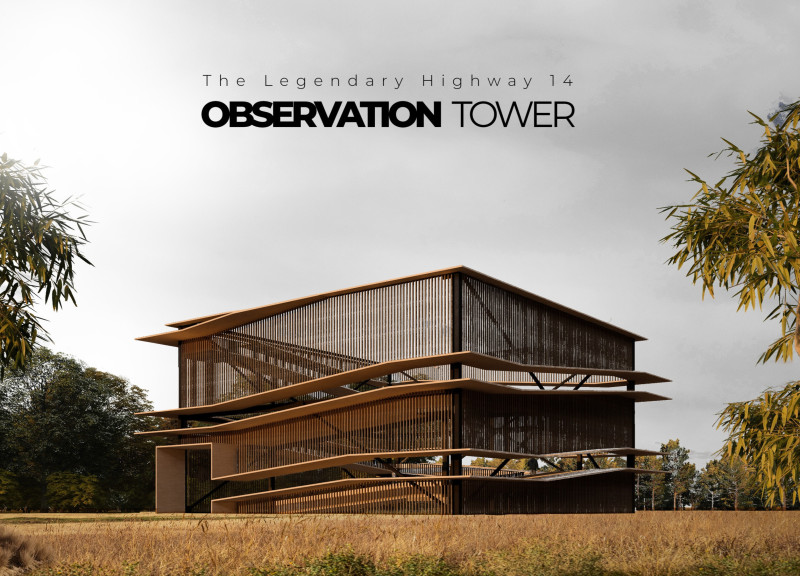5 key facts about this project
At its core, this project represents a synthesis of contemporary architectural practices and timeless design principles. The purpose of this building is multifaceted, serving as a hub for social interaction and collaboration while providing essential amenities to its users. The layout is carefully crafted, ensuring that spaces flow seamlessly into one another, allowing for both private and communal activities. Open areas are designed to encourage networking and engagement, while smaller, more intimate spaces offer refuge for contemplation and focus.
The exterior of the building presents a harmonious balance between form and function. The façade is constructed using a combination of materials that not only enhance its aesthetic appeal but also provide considerable functional benefits. Reinforced concrete serves as the primary structural element, offering durability and resilience. Large expanses of glass are strategically placed to maximize natural light, creating a bright and inviting atmosphere within. This careful consideration of light not only enhances the building’s ambiance but also promotes energy efficiency, reducing the need for artificial lighting during the day.
Another crucial aspect of the design is the use of wood elements, which introduce warmth and texture to the space. The choice of sustainable timber resonates with the project’s environmental ethos, reflecting a commitment to responsible sourcing. Metal accents, such as steel beams, complement the robust concrete and wood materials, adding a modern touch while ensuring structural integrity. This thoughtful selection of materials fosters a dialogue between the natural and built environments, creating a layered visual experience that is both engaging and cohesive.
Landscaping plays a significant role in the overall design, with areas surrounding the building carefully landscaped to enhance the user experience. Native plant species are employed to promote biodiversity while requiring minimal maintenance. Outdoor spaces are designed to be functional extensions of the interiors, providing seating areas and gathering spots that invite collaboration and socialization.
Unique design approaches define this architectural project, particularly in terms of its responsiveness to the local context. The design team actively engaged with community stakeholders, ensuring that the building reflects the aspirations and needs of its users. This approach not only contributed to a deeper understanding of the site's cultural significance but also fostered a sense of ownership among community members.
Sustainability is a key focus throughout this architectural project, integrated into the design at every level. The implementation of green roofs, rainwater harvesting systems, and energy-efficient HVAC systems underscores a commitment to reducing the building’s ecological footprint. These features collectively enhance the overall user experience while promoting sustainable practices within the community.
As visitors explore this project, they will discover various design elements that enrich its architectural narrative. From the architectural plans that outline the spatial organization to the architectural sections that reveal the intricacies of structural details, every aspect has been meticulously designed to convey a cohesive vision. The architectural designs illustrate how each element interacts with the others, showcasing the thoughtfulness that underpins the entire project.
This project serves not only as a functional space but also as a catalyst for community engagement, illustrating how architecture can shape user experiences. It stands as an example of how thoughtful design can address practical needs while creating a vibrant community hub. Readers interested in delving deeper into the architectural ideas and thoughtful planning behind this project are encouraged to explore the various aspects presented in the project documentation. Engaging with the architectural plans and sections will provide further insights into this innovative approach, emphasizing the harmonious balance between design, functionality, and sustainability that defines the project.

























